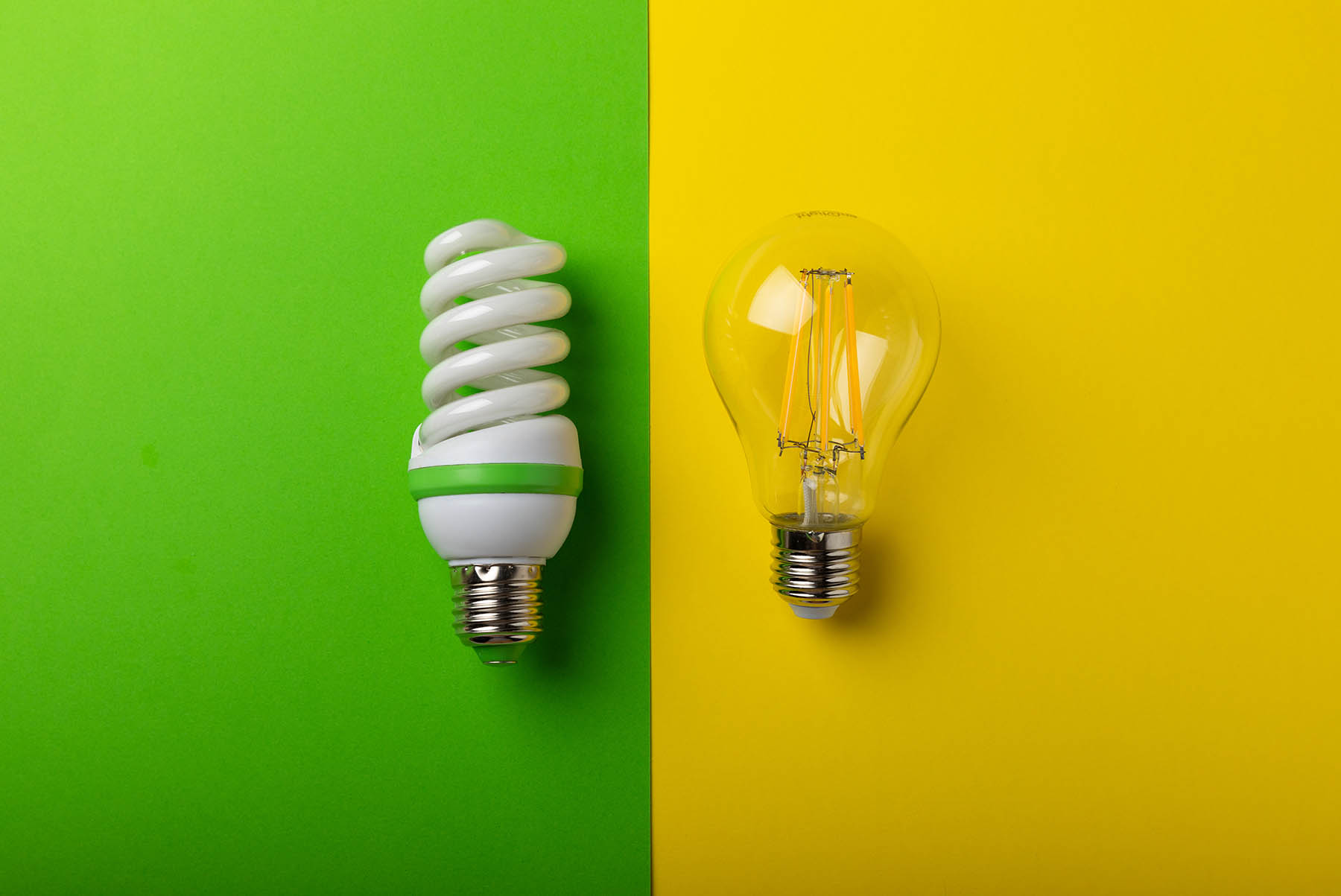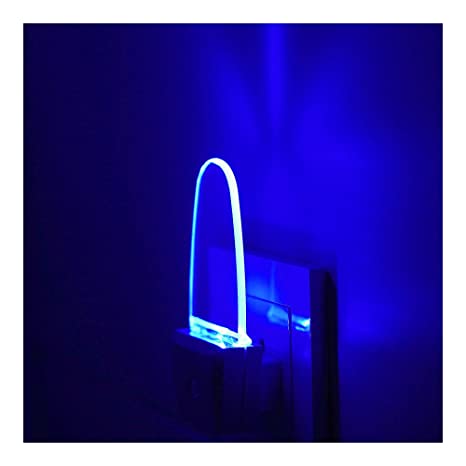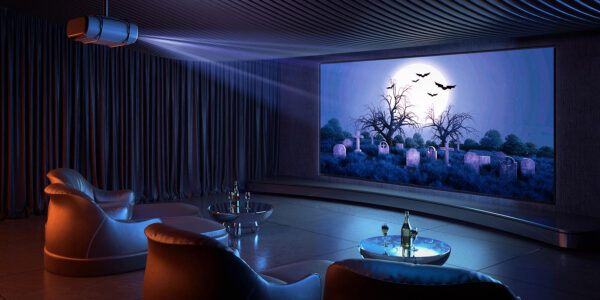Understanding the Basic Differences: LED vs Incandescent Lighting
When comparing LED and incandescent lighting, it’s essential to start with their fundamental differences. Incandescent bulbs work by heating a filament until it glows, emitting light. In contrast, LED (Light Emitting Diode) lighting uses a semiconductor to convert electricity into light. This fundamental difference in technology leads to significant variances in energy efficiency, lifespan, and overall cost-effectiveness between the two lighting types. Understanding these basic operational differences is key to analyzing their performance and impact.
Energy Efficiency: LED Lights Outshine Incandescents
One of the most significant advantages of LED lighting over incandescent bulbs is energy efficiency. LEDs require significantly less energy to produce the same amount of light. For instance, a typical LED bulb may use only 10 watts of power to provide the same light output as a 60-watt incandescent bulb. This efficiency not only reduces energy consumption but also translates into lower electricity bills, making LEDs a more sustainable and cost-effective option in the long term.
Lifespan Comparison: LEDs Last Longer
The lifespan of LED bulbs far exceeds that of traditional incandescent bulbs. While an average incandescent bulb might last about 1,000 hours, an LED bulb can last up to 25,000 hours or more. This extended lifespan means fewer replacements and reduced maintenance costs over time. For consumers and businesses, the long-term savings and convenience of not having to frequently change bulbs make LEDs an increasingly popular choice.
Cost Analysis: Initial Investment vs Long-Term Savings
When comparing the costs of LED and incandescent lighting, it’s important to consider both the initial investment and long-term savings. Initially, LED bulbs are more expensive than incandescent bulbs. However, considering their longer lifespan and lower energy consumption, the overall cost of using LEDs is significantly lower over time. This long-term savings potential is a crucial factor in deciding between LED and incandescent lighting, especially for large-scale or long-term lighting needs.
Light Quality and Performance: A Closer Look
The quality of light is another important factor in the LED vs incandescent comparison. LEDs offer a wide range of color temperatures and can produce a high-quality, consistent light that closely mimics natural daylight. Incandescent bulbs, while known for their warm light, can produce a more inconsistent light quality and are limited in color temperature options. Additionally, LED technology has advanced to provide dimmable and color-changing capabilities, offering greater flexibility and customization in lighting design.
Environmental Impact: LEDs Offer a Greener Solution
The environmental impact of lighting choices cannot be overlooked. LEDs are not only more energy-efficient but also more environmentally friendly than incandescent bulbs. They contain no toxic elements like mercury, commonly found in other energy-efficient lighting such as compact fluorescents (CFLs). Furthermore, the long lifespan of LEDs means reduced waste and fewer resources used for manufacturing and packaging replacement bulbs. This reduced environmental footprint makes LED lighting a more sustainable choice for the planet.
The Clear Advantages of LED Lighting
In conclusion, the comparison between LED and incandescent lighting reveals clear advantages of LED technology. With superior energy efficiency, longer lifespan, lower long-term costs, high-quality light performance, and a smaller environmental impact, LEDs stand out as the superior choice for both residential and commercial lighting needs. As LED technology continues to advance, its benefits are expected to expand further, solidifying its position as the preferred lighting solution for the future.







